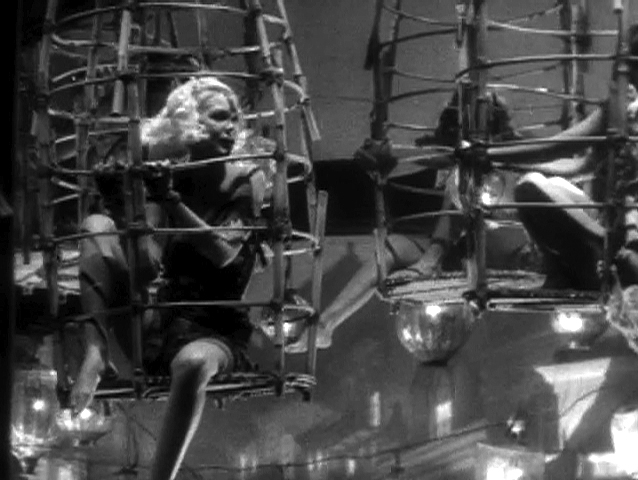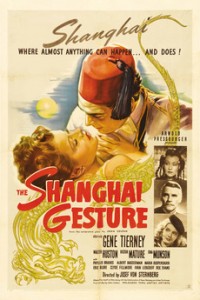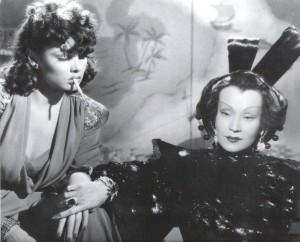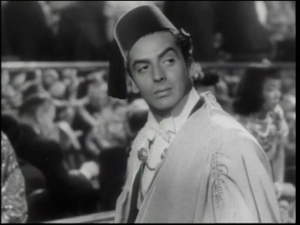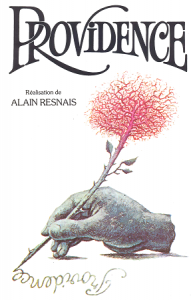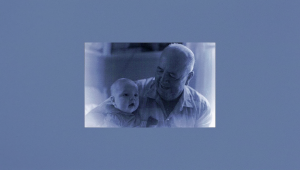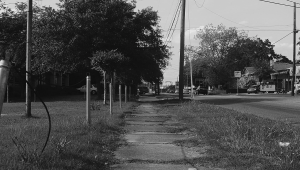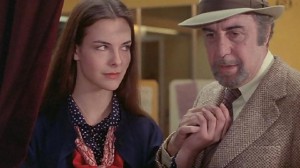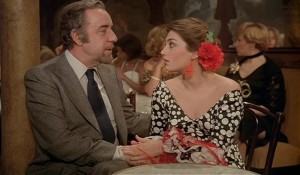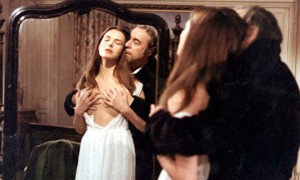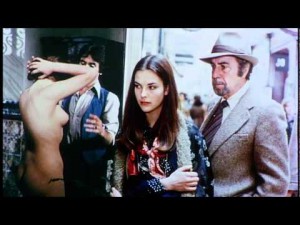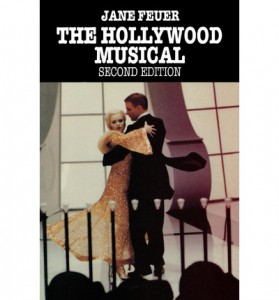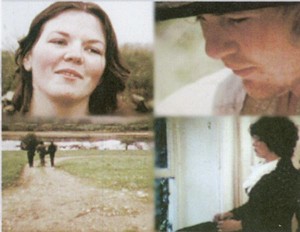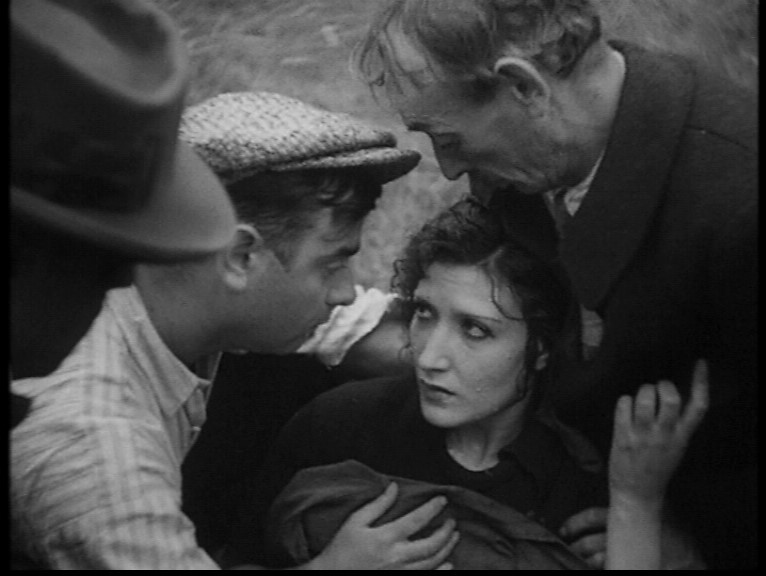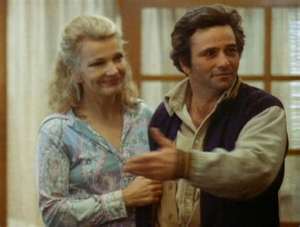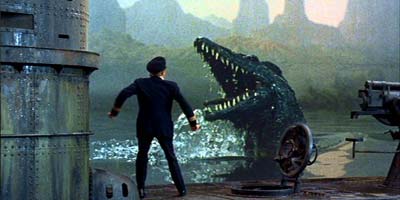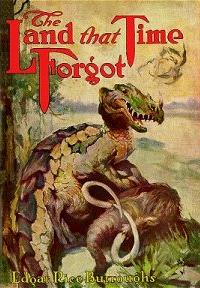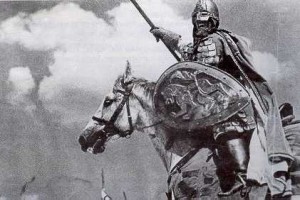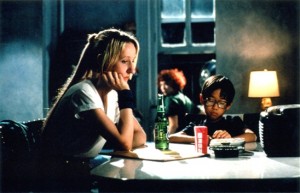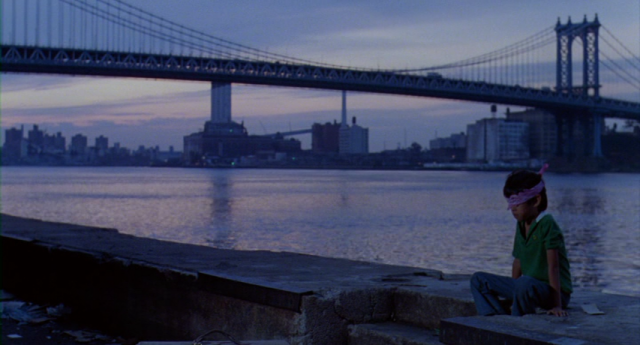From the Chicago Reader (November 1, 1991). — J.R.
Not exactly Josef von Sternberg in his heyday (1941), but still choice goods — a perverse dream bubble adapted by Sternberg, Jules Furthman, and others from a creaky but serviceable John Colton play about the madam of a Shanghai brothel (Ona Munson) taking revenge on a British official and former lover (Walter Huston) by corrupting his daughter (Gene Tierney). Victor Mature is also around, and surprisingly effective, as a decadent bisexual; other exotic cameos are doled out to Maria Ouspenskaya, Albert Bassermann, Eric Blore, Phyllis Brooks, and Mike Mazurki. Given the censorship of the period, much of the decadence is implied rather than stated. But Sternberg’s adept handling of claustrophobic space and sinister atmospherics made this melodrama an understandable favorite of the Surrealists, and the icy tone cuts through the funk like a knife. (JR)

